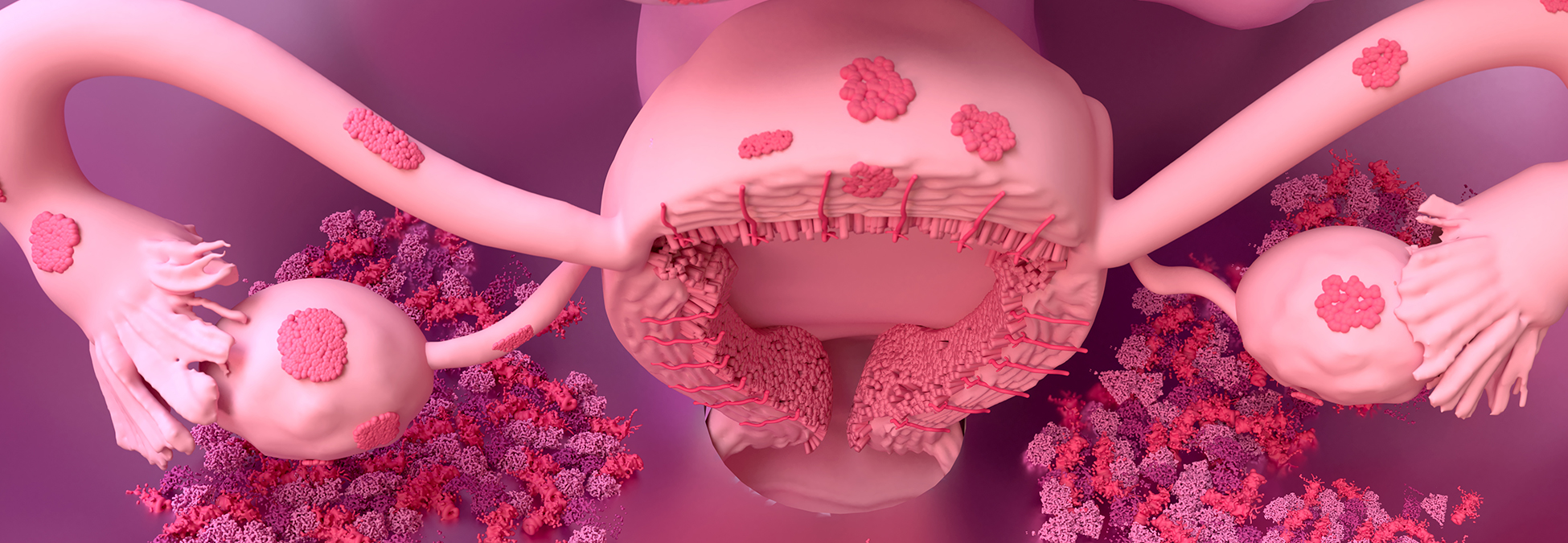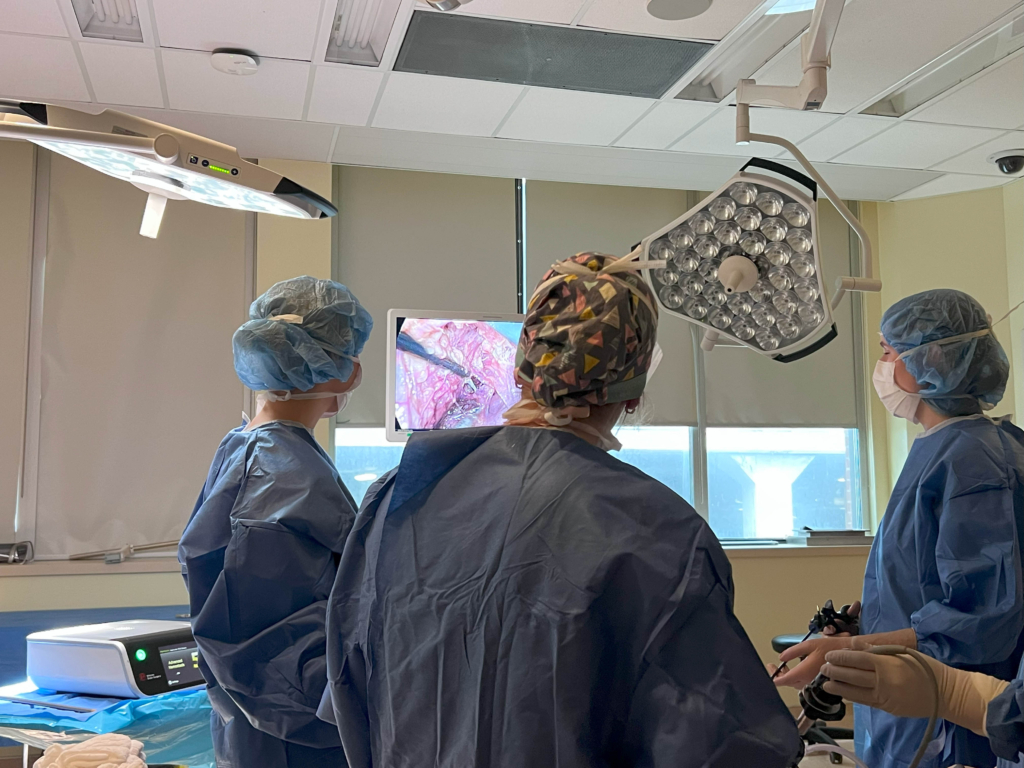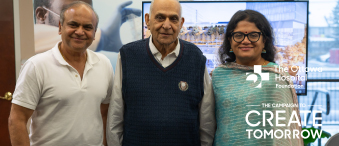
All about endometriosis
Bohemian … pathology? It’s not fantasy or fiction. In real life, Bohemian physician, pathologist, philosopher, and politician Carl von Rokitansky officially named endometriosis in 1860 after studying abnormal uterine tissue under a microscope.
Born in what is now the Czech Republic, Rokitansky was likely not the first to discover endometriosis as a disease. In fact, symptoms that align with endometriosis were described as far back as the 16th century B.C.E. in Egyptian texts and even in the Hippocratic Corpus, the collection of Ancient Greek medical texts associated with the early physician Hippocrates.
But it took thousands of years after those first descriptions for an understanding of what endometriosis is to truly emerge.
What is endometriosis?
As Rokitansky first saw, endometriosis occurs when endometrial-like tissue grows outside of the uterus. Endometrial tissue is what lines the uterus and thickens then sheds monthly as part of the menstrual cycle. With endometriosis, these groups of cells outside of the uterus form clumps called “implants,” which can cause pain and damage in those areas.
Endometriosis is a chronic, complex disease. In some cases, it only occurs in a few small areas, such as the ovaries or outer wall of the uterus, while in other cases, it can occur deep in other areas of the body, such as the intestines, bladder, or other organs, causing pain and complications in those areas.
What are the symptoms of endometriosis?
The symptoms of endometriosis are broad and can vary in occurrence and severity. They include:
- Pelvic pain
- Abnormal and/or heavy menstrual bleeding
- Severe menstrual cramps (dysmenorrhea)
- Lower back pain
- Pain during sex
- Rectal pain or pain during bowel movements
- Infertility
What causes endometriosis?
The exact cause of endometriosis is unknown. One main theory is that retrograde menstruation, or the release of menstrual blood through the fallopian tubes and into the abdominal cavity, may play a part. Approximately 90% of people who menstruate experience retrograde menstruation to some degree, but in the vast majority of cases, the body breaks down the tissue that enters the abdominal cavity. Retrograde menstruation alone cannot explain this disease, and it likely involves a combination of complex genetic, immune system, and environmental factors that still need to be studied.
Some risk factors for endometriosis include: the early onset of a menstrual period, a short menstrual cycle, and a heavy menstrual flow. There does appear to be evidence that there is a genetic predisposition for endometriosis.
How is endometriosis treated?
The two main treatments for endometriosis are surgery — to remove growths or scar tissue — or hormones — to suppress ovulation and menstruation — or sometimes a combination of the two.
With surgery, a minimally invasive approach is usually used, in which the surgeon makes small cuts in the abdomen and uses a tiny, laparoscopic camera to help guide their work.
Hormonal treatments show success in 60–80% of cases and most commonly involve progesterone-like medications. Other options include birth control–like medications or medications that reduce or block estrogen.
Healthcare providers might also include medication options like anti-inflammatory medications, including ibuprofen (Advil) or naproxen (Aleve), for period pain related to endometriosis.

What is the future of endometriosis research and care?
Healthcare leaders in Canada are increasing their investment into endometriosis research and care to learn more about the causes, effects, and treatments. And experts like Dr. Sony Singh at The Ottawa Hospital are pushing research and care to the next level by developing innovative, minimally invasive surgical procedures to reduce pain, studying new ways to use imaging to deliver care, exploring different medical therapies, and coordinating and collaborating with other disciplines to find solutions to the various problems endometriosis causes — from the physical to the emotional, and beyond.
When you support The Ottawa Hospital, you support a new generation of scientific explorers like Dr. Singh, who, like the ancient physicians of Egypt and Carl von Rokitansky in the 19th century, are going to change what we know about endometriosis and how we treat it.




